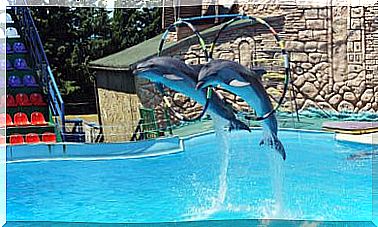List Of The 25 Lost Species: Science Against Time
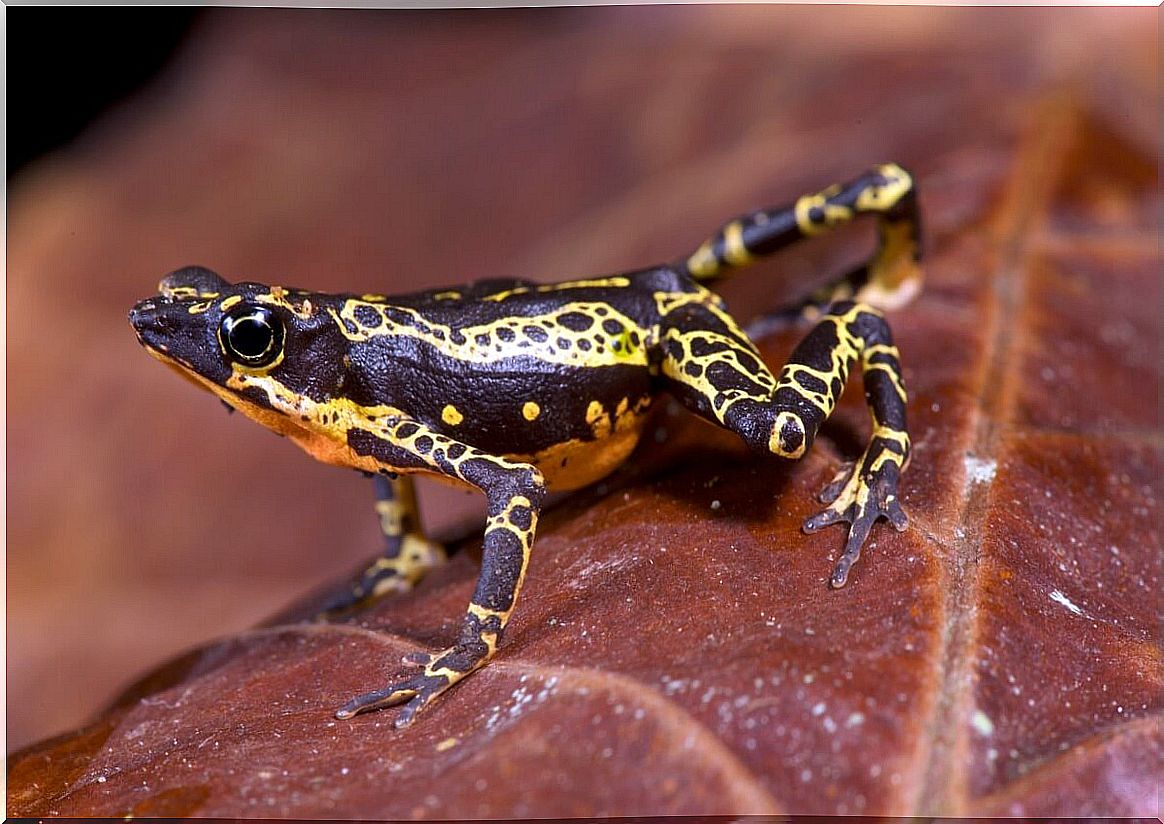
The present time is marked by a very dark reality that goes unnoticed by most of the public. Life on the planet is disappearing due to human actions: there are fewer and fewer undegraded natural spaces left, while the number of lost species increases.
These species, which once could have been very abundant, have become increasingly difficult to see. Others live in specific or remote places that are difficult to access. Be that as it may, they haven’t seen each other in over a decade. In order to conserve these species, it is essential to find them again.
With this objective and with the help of specialists from the International Union for Conservation of Nature (IUCN), the Global Wildlife Conservation has drawn up a list of 1,200 missing organisms. Among them, they have selected the 25 most sought-after species, whose conservation is crucial. Here you can learn more about them.
The list of the 25 lost species
This campaign represents the largest effort to date to promote the conservation of lost species. The list created includes 10 mammals, 3 birds, 3 reptiles, 2 amphibians, 3 fish, an insect, a crustacean, a coral and a plant, spread over no less than 18 countries.
The purpose of this list is twofold. On the one hand, it seeks to raise funds with which to finance scientific expeditions. Lost species could be extinct or near extinction, so finding them through these expeditions is crucial.
On the other hand, it seeks to turn these species, as well as the story of their search, into conservation standards. In this way, they will be able to inspire other global conservation movements and raise awareness of the current biodiversity crisis.
To achieve these goals, not only biologists and other similar professionals are needed. There is also the help of the local inhabitants, whose knowledge is always essential in these cases. After all, the best way to get to know an area is to live in it for years.
Some of the most wanted lost species
Although the list is too long to include in this article, we will highlight some of the most relevant species included here. You can find the complete list of lost species on the Global Wildlife ORG portal .
1. Soriano harlequin toad ( Atelopus sorianoi )
This striking little frog was last seen 29 years ago in Venezuela. It is deep orange in color and inhabits tropical cloud forests.
Its decline could be due to chytridiomycosis, a fungal pandemic that is devastating amphibians around the world. Its rediscovery could shed new light on the scientific understanding of this disease.
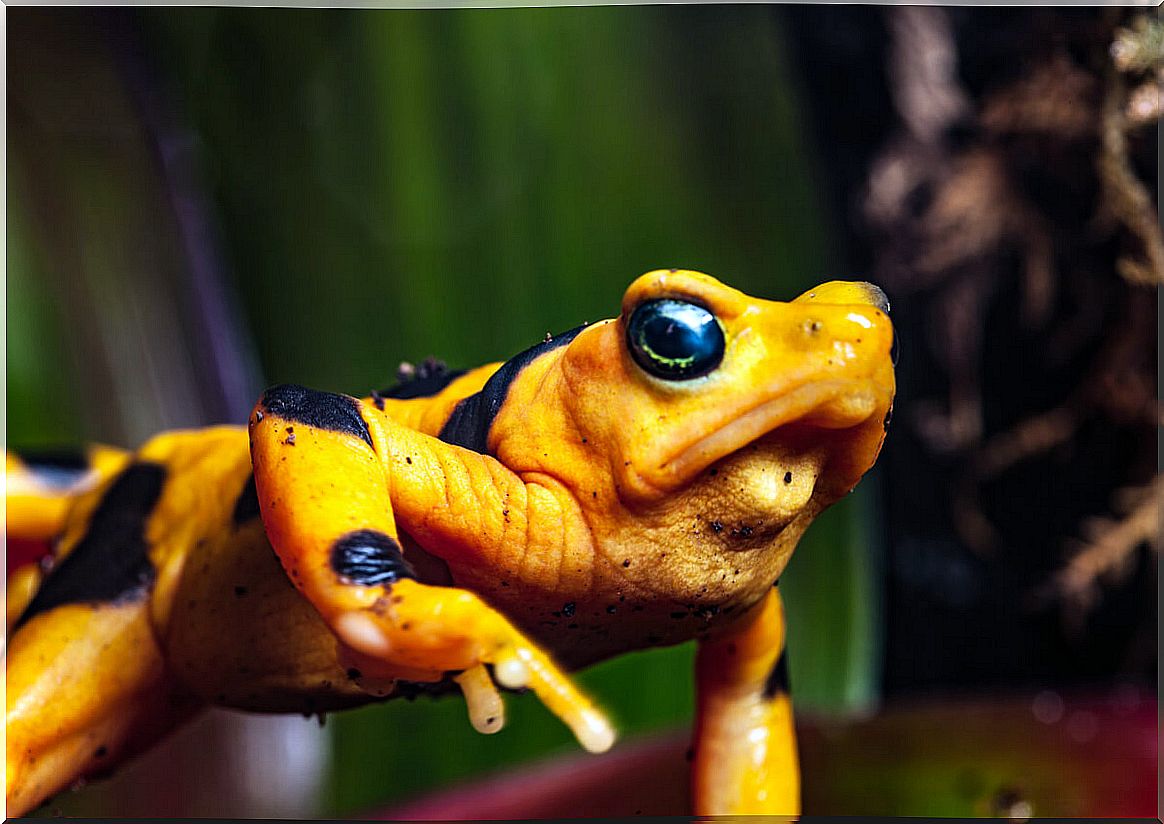
2. Namdapha flying squirrel ( Biswamoyopterus biswasi )
This animal is known from a single specimen collected in the Namdapha National Park, India. The flying squirrel is believed to live in the deciduous forests of this area, especially near waterways. Despite this, it has not been seen since 1981.
Some of the possible causes behind its decline are the degradation of its ecosystems and hunting within the limits of the Park. Also its very narrow distribution range poses a considerable risk.
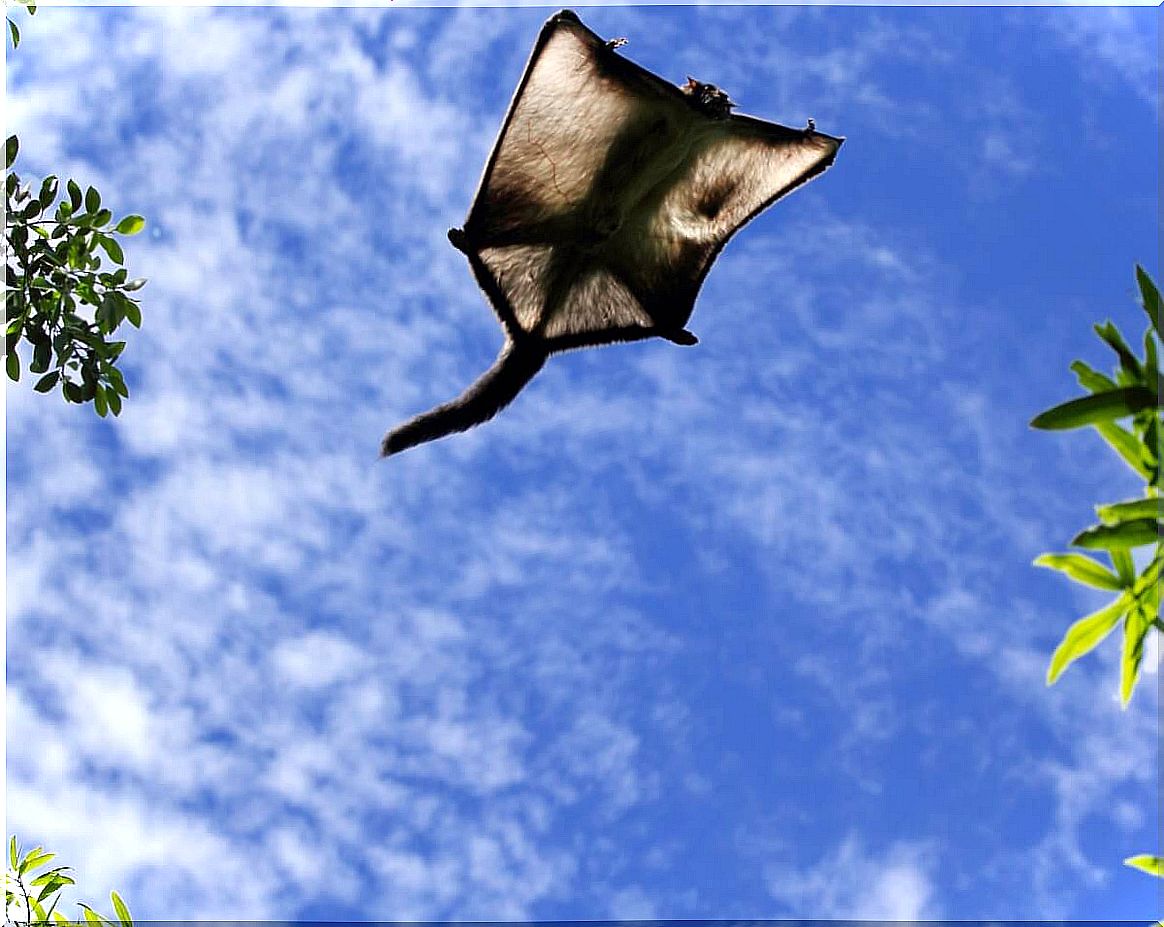
3. Pink-headed duck ( Rhodonessa caryophyllacea )
It seems that this beautiful duck was never very numerous, but a specimen has not been seen in the wild in the last 70 years. Without a doubt, the survival prognosis for this animal is not positive at all.
Following unconfirmed appointments in 2006, an expedition was launched in search of the elusive duck. Unfortunately, this raid was unsuccessful. The Global Wildlife Conservation team is currently studying the results and considering the best option to continue the search.
4. Jackson’s climbing salamander ( Bolitoglossa jacksoni )
This small urodel amphibian, yellow in color and with an irregular brown stripe following the spine, represents one of the biggest successes of this campaign.
The salamander was discovered in 1970 in the jungles of Guatemala, but has not been seen since. After an unsuccessful expedition in 2014, this urodel was sighted again in 2017. This makes it the first species recovered by the project. Luckily, 5 other lost species have been found since then.
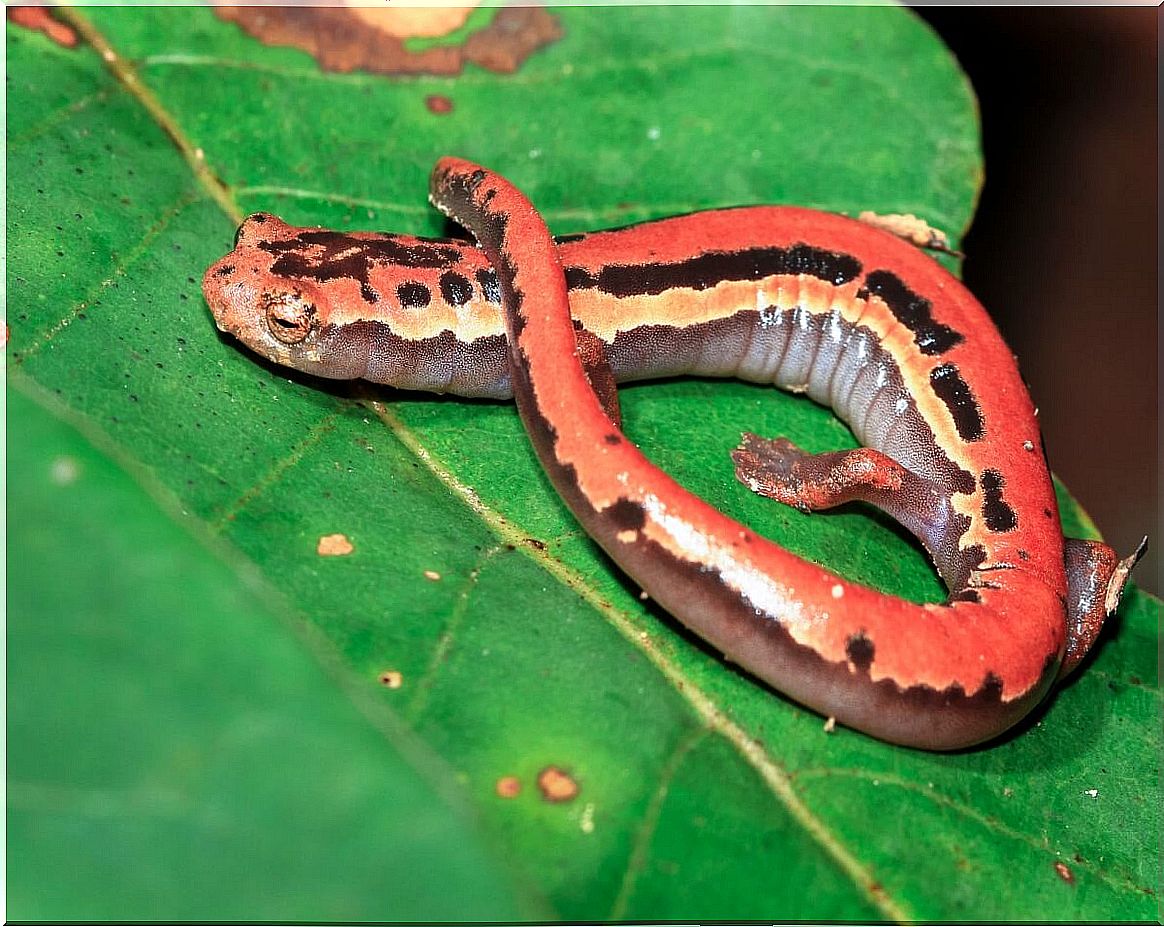
5. Sierra Leone crab ( Afrithelphusa leonensis )
This crustacean, along with 2 other closely related species, has disappeared in the tropical forests of Guinea. It lives in caves, mountain streams, trees, and holes between rocks.
Some relatives of these crabs have recently been rediscovered. They are quite unusual, as they have an orange and purple coloration and are capable of climbing trees.
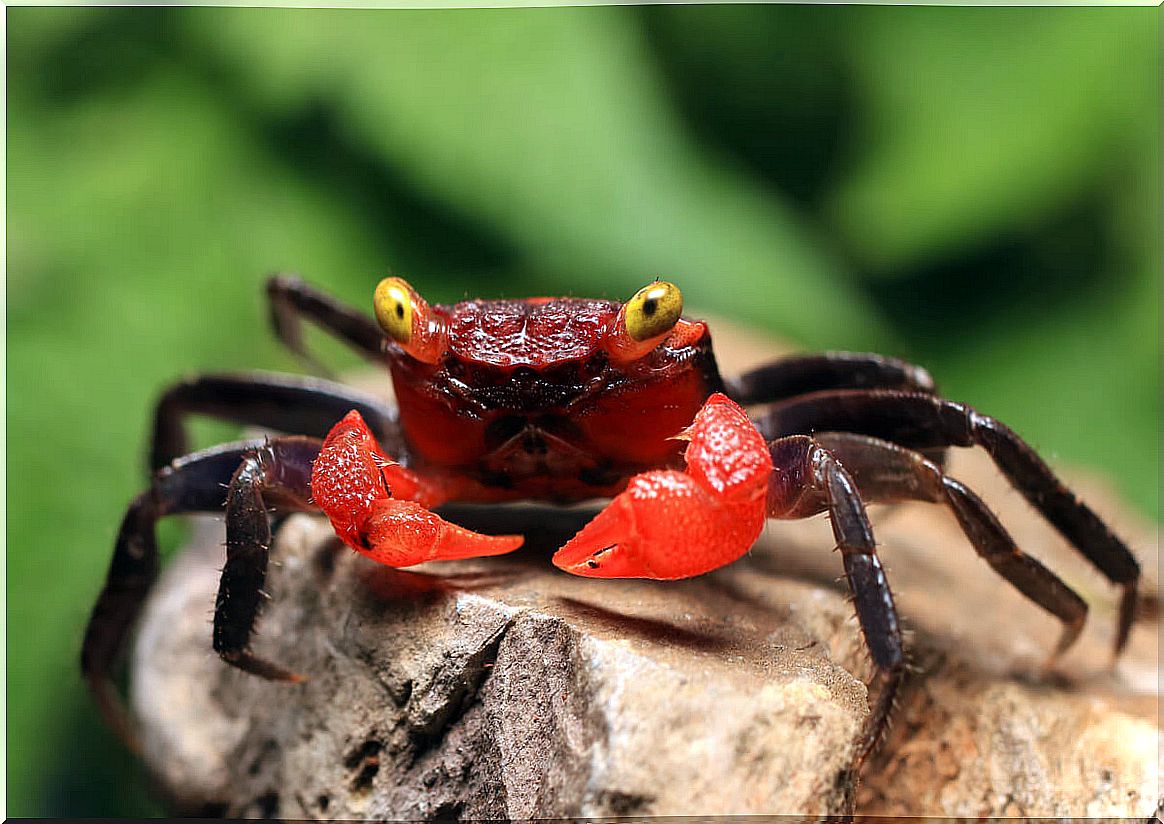
There are still many species to recover and expeditions to undertake, but the program is succeeding. Hopefully, the Global Wildlife Conservation campaign will help popularize biodiversity conservation once and for all.




